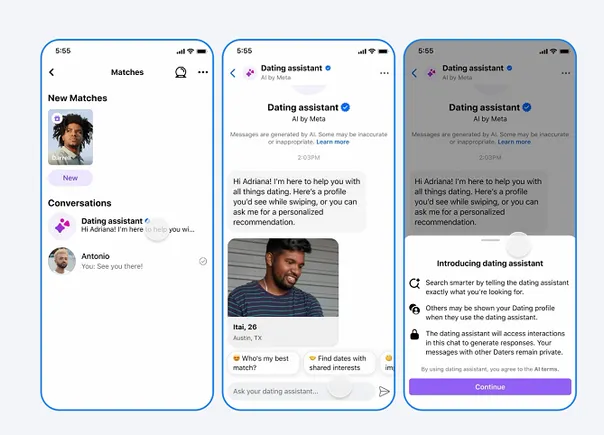Marketing to college-bound students—5 ways brands can win valuable new customers
High school seniors and their families need assistance with finances, health care, technology—and a lot more.

It seems like time went too fast. I blinked and just like that, my boy is now an 18-year-old young man, about to leave the nest to pursue his college dreams and whatever comes next.
It’s exciting, but questions abound. How will we cover his tuition? Do we need a student loan—or two? What will he need for dorm living? What happens to his car and our insurance when he is not driving? What medical plan will he need?
I’m still trying to make sense of the tangle of feelings I have about him leaving home. I recognize the void, but as a seasoned marketer, I also recognize an opportunity.
Parents of elementary and secondary schoolchildren are accustomed to being bombarded with back-to-school messaging as early as July. But this same effort is not present for graduating high school seniors and their families—about to embark on an incredibly transformative, life-changing experience who could use all the support they can get.
Some large brands market to the college student demographic with pick-up lockers near campuses and same-day deliveries. Amazon Prime’s “Off to College” collection offers essentials a college student will need for an easier transition. Target has opened small stores on or near college campuses where students can pre-order mini-fridges and bed sheets and other items to pick up when moving in.
Still, more brand support is needed to not only win over potential new customers—college students—but to strengthen the connection to parents paying the bills.
College is a pivotal life stage and one associated with a lot of spending. According to the Education Data Initiative, 16.2 million students enrolled in an undergraduate college program in 2022. That’s a lot of families who likely have countless questions and concerns and are primed for guidance, messaging and just as importantly, engagement. This is certainly a valuable consumer community for brands to target. But how should brands go about it?
Brands should understand that during a student’s senior year, particularly the second half of the year, their family is feeling overwhelmed by sky-high emotions and confused by never-ending to-do lists and deadlines.
Marketing strategies like these could make all the difference:
Conduct consumer research
Speak directly to college students and their families in order to fully understand pain points, needs, interests and challenges and be able to develop personalized and targeted messaging that is valuable, relatable and engaging.
Lead with social media
Gen Z (and their parents) are avid users of social media such that establishing a strong presence in these platforms should be driving your campaign. Engage with compelling and relevant content, consider running contests or giveaways, and use influencers to promote your message.
Prioritize peer-to-peer marketing
A peer-to-peer marketing tactic goes hand-in-hand with how students and their parents currently navigate the process. They seek to understand what others in their position are doing in an effort to better understand what they need to do during this tumultuous time. Consumers tend to trust recommendations from people living the same experience or who have already gone through it. Consider establishing student or parent ambassadors to help spread the word.
Create online communities
Create a place for students to connect to ask questions or gather to collect information from others like them. Engage with these communities by providing helpful information and solutions.
Don’t forget Mom and Dad
While it seems obvious to target students directly, students are turning to their parents both for advice and financial support. Brands should produce blog posts, videos, podcasts or infographics that offer advice, practical solutions, budgeting or financial information.
In addition, there are opportunities for authentic voices in a plethora of categories including budgeting and financial matters, scholarships, health care, travel, technology, food and cooking and safety education.
Brands should step up to this tremendous opportunity and be strategic and targeted, employing college marketing ideas to increase conversions and build loyalty, not only among a Gen Z audience but among their parents, too. There is also significant year-round potential with college tours, orientation week, family days, spring and summer breaks, among others.
Consider that the conversations must start earlier than the traditional back-to-school marketing timeframe as there’s a lot of planning taking place in the months leading up to high school graduation. Marketing outreach at the beginning of spring and into the summer months might be a safe bet—and would come in time to be helpful and constructive as families finalize their plans.

 Astrong
Astrong 
































